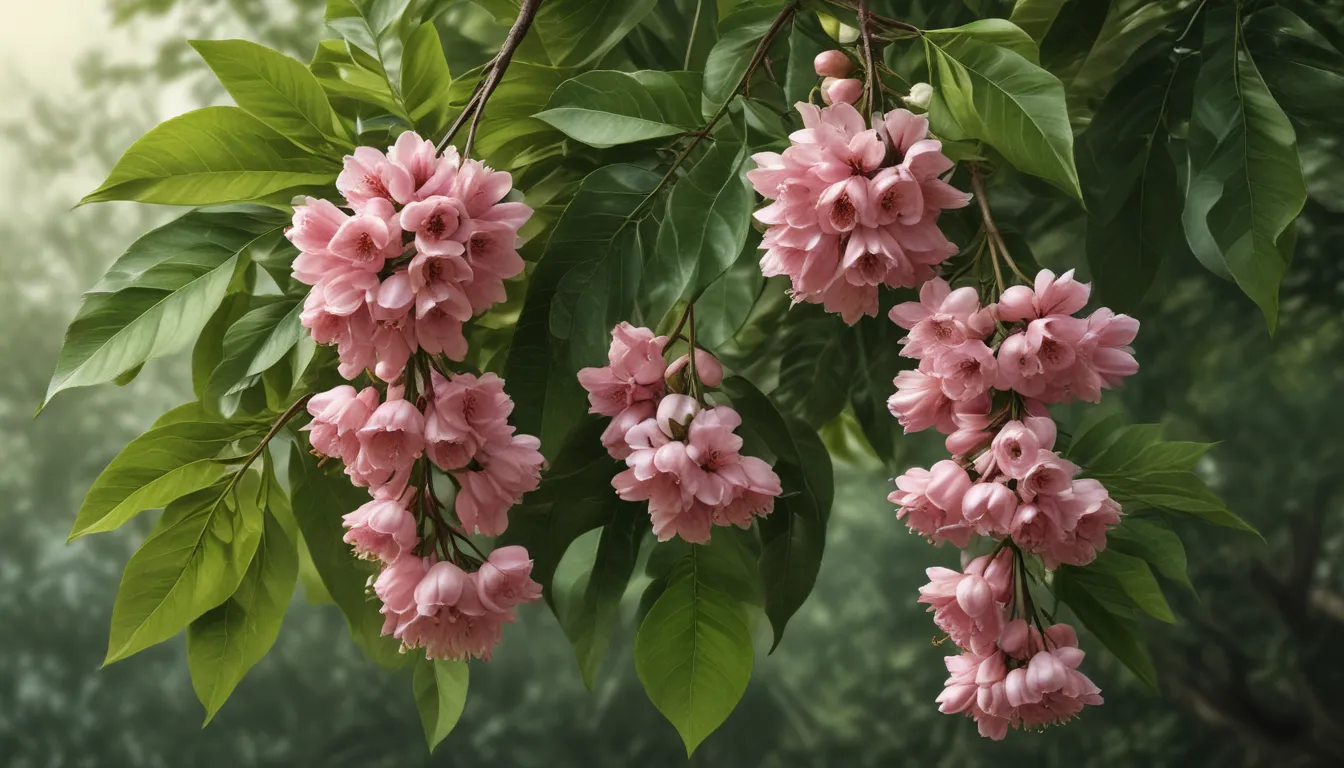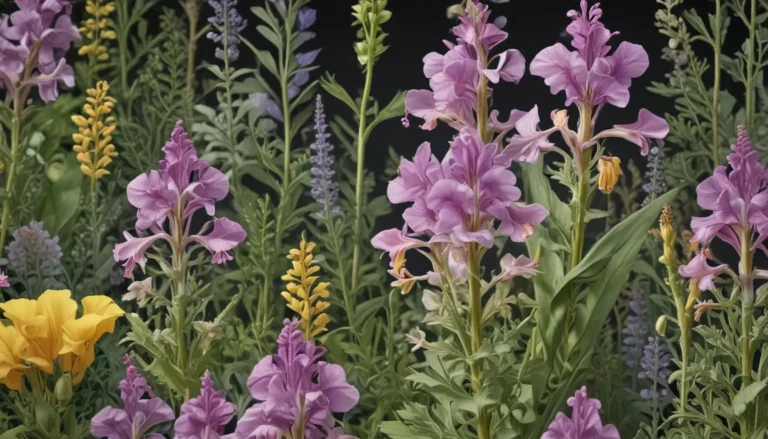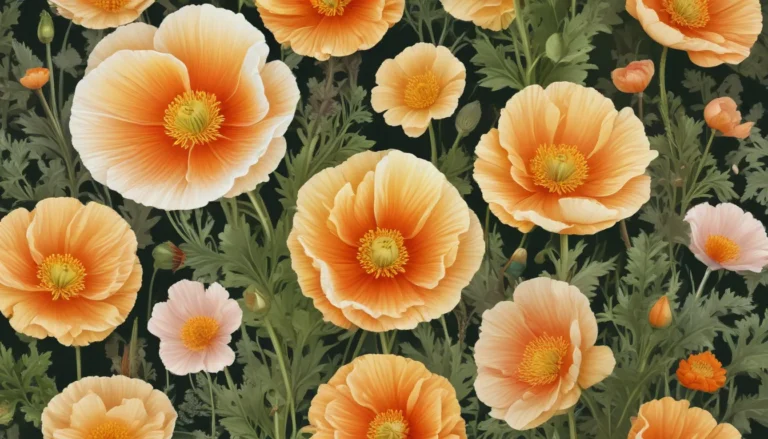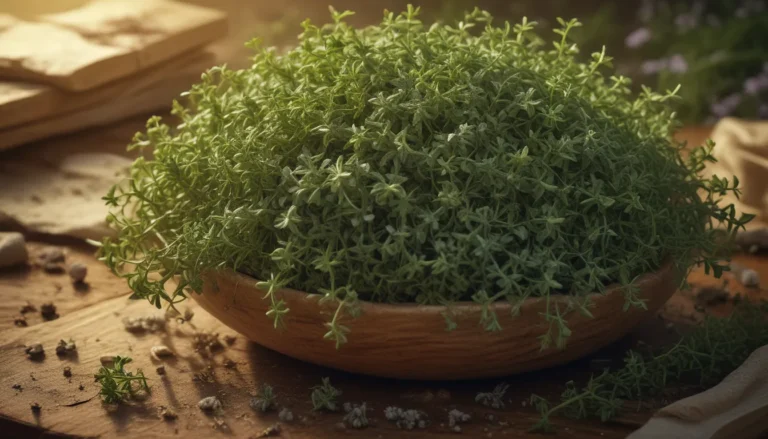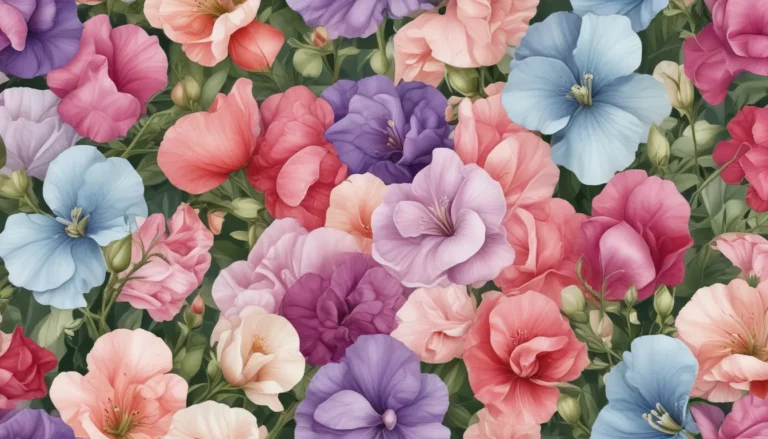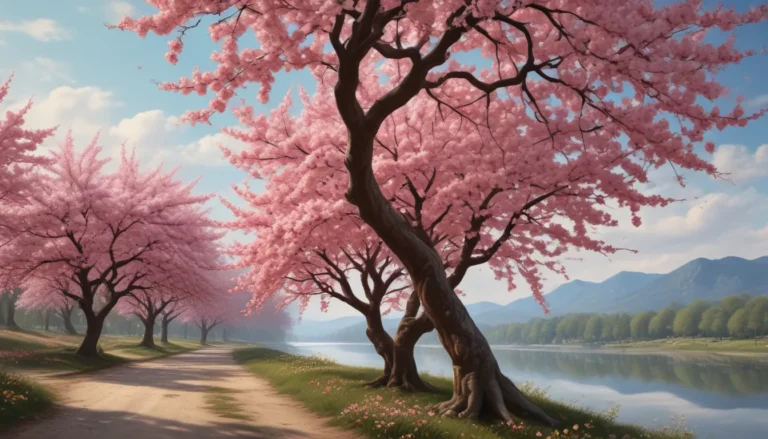The pictures we use in our articles might not show exactly what the words say. We choose these pictures to make you interested in reading more. The pictures work together with the words but don’t take their place. The words still tell you the important facts.
Are you curious about why cherry laurel trees have captured the hearts of gardeners and landscapers worldwide? Prepare to be amazed by the unique characteristics that set these leafy giants apart in the plant kingdom. Cherry laurel trees are not just beautiful additions to gardens; they also offer a fascinating blend of history, utility, and ecological benefits. Join us on a journey through 12 captivating facts that showcase why cherry laurels are truly exceptional. Get ready to enrich your botanical knowledge and discover the magic of these remarkable trees!
Unveiling the World of Cherry Laurel Trees
Delving into the realm of cherry laurel trees, also known by their scientific name Prunus laurocerasus, unveils a world of evergreen shrubs or small trees celebrated for their glossy, dark green leaves and exquisite spring flowers. Originating from Southeast Europe and Southwest Asia, these plants have found their way into gardens and landscapes globally, thanks to their aesthetic appeal and low maintenance requirements.
- Botanical Lineage: Prunus laurocerasus belongs to the Rosaceae family, sharing its lineage with roses, cherries, and almonds.
Cultivating and Caring for Cherry Laurel Trees
Embracing a cherry laurel tree in your garden comes with the promise of straightforward care, making it a popular choice among gardening enthusiasts of all levels. These trees thrive in well-drained soil, require moderate watering, and thrive in areas with ample sunlight to partial shade exposure.
- Growth Potential: Cherry laurels can reach heights of up to 20 feet and widths of 10 feet, but regular pruning can help control their size.
- Adaptability: These trees exhibit hardiness in USDA zones 6 through 9, showcasing their ability to thrive in diverse climates.
Unlocking the Ornamental Charm of Cherry Laurel Trees
The ornamental value of cherry laurel trees shines through their lush foliage and delicate clusters of creamy-white flowers that grace the spring landscape. Their capacity to form dense hedges makes them an excellent choice for privacy screens and decorative borders.
- Spring Splendor: In spring, cherry laurels boast small, fragrant flowers that attract bees and other pollinators, contributing to the vitality of the garden ecosystem.
- Berries Beware: Following the flowers are dark purple to black berries that appeal to birds but pose toxicity risks to humans and pets if ingested.
Designing with Cherry Laurels in Landscaping
Versatile in landscaping applications, cherry laurels can stand alone as striking specimens, join forces to create dense hedges, or add charm to outdoor spaces in containers. Their evergreen allure ensures year-round visual interest in any garden setting.
- Privacy and Tranquility: When planted in rows, cherry laurels transform into impenetrable hedges that offer privacy and diminish noise pollution.
- Topiary Artistry: Their tolerance to pruning and shaping makes cherry laurels ideal for topiary art, allowing gardeners to fashion unique designs.
Harmony with Nature: The Environmental Role of Cherry Laurel Trees
Beyond their visual appeal, cherry laurels contribute to environmental well-being by enhancing air quality and providing havens for wildlife. However, gardeners must exercise caution due to their invasive potential in certain regions.
- Air Purification: Cherry laurels help filter pollutants from the air, making them valuable additions to urban and suburban landscapes.
- Invasive Caution: In select areas, cherry laurels are classified as invasive due to their rapid growth and expansive tendencies, emphasizing the importance of responsible planting practices.
Discovering the Cultural and Symbolic Significance of Cherry Laurel Trees
Rich with symbolism and folklore, cherry laurel trees hold meanings of peace, protection, and success in various cultures.
- Historical Traditions: Cherry laurels were traditionally planted around homes to ward off malevolent spirits, as per folklore.
- Symbolic Representation: The evergreen leaves of cherry laurels symbolize eternal life and renewal, echoing themes found in cultural traditions.
A Culinary Twist with Cherry Laurel Leaves
While the berries of cherry laurels are hazardous, the leaves have been utilized in small quantities to impart unique flavors to culinary delights. Exercise caution, as the plant hosts compounds that can be harmful in large doses.
- Flavorful Infusions: Cherry laurel leaves have been incorporated into jams, jellies, and select alcoholic beverages, offering a distinctive aroma and taste.
Embrace the Magic of Cherry Laurel Trees
Beyond their visual allure, cherry laurel trees stand as pillars of support for wildlife, providing sustenance and shelter while playing essential roles in landscaping due to their abundant foliage and rapid growth. Whether you're a keen gardener or a nature admirer, acquainting yourself with these trees can elevate your outdoor experiences. Remember, a bit of knowledge is essential for their safe and successful cultivation, given their toxic attributes. So, why not consider introducing a cherry laurel tree into your garden? They could be the perfect backdrop for your next outdoor gathering or a tranquil escape for quiet moments amidst nature.
Frequently Asked Questions about Cherry Laurel Trees
Q: What exactly is a cherry laurel tree?
A: Cherry laurel trees are evergreen shrubs or small trees known for their glossy, dark green leaves and fragrant spring flowers, followed by dark berries.
Q: How fast do cherry laurel trees grow?
A: Cherry laurel trees exhibit rapid growth, adding 1 to 2 feet per year under optimal conditions.
Q: Can cherry laurel trees thrive in shade?
A: While cherry laurels prefer sunlight to partial shade, they adapt well to shadier environments. However, reduced light may affect foliage density and flower production.
Q: Are cherry laurel trees toxic?
A: Yes, certain parts of cherry laurel trees, such as leaves and seeds, contain cyanogenic glycosides, releasing cyanide when disturbed. Care should be taken to prevent accidental ingestion by pets and children.
Q: How often should I water my cherry laurel tree?
A: Newly planted trees require regular watering, typically once or twice a week, to establish roots. Mature trees are drought-tolerant but benefit from occasional watering during dry spells.
Q: What pests or diseases affect cherry laurel trees?
A: While generally resilient, cherry laurel trees may face challenges from pests like aphids and diseases such as shot hole disease, powdery mildew, and root rot. Vigilance and proper care practices can help mitigate these issues.
Q: Can I prune my cherry laurel tree, and if so, how?
A: Pruning is beneficial for maintaining shape and promoting healthy growth in a cherry laurel tree. Late winter or early spring, before new growth emerges, is the optimal time for pruning. Focus on removing dead, damaged, or diseased branches and shape as desired.
Q: How long can a cherry laurel tree live?
A: With proper care and ideal conditions, cherry laurel trees can thrive for several decades, offering enduring beauty to gardens and landscapes.
Embrace the Enchantment of Cherry Laurel Trees
Our dedication to providing informative and engaging content lies at the core of our mission. Each fact shared on this platform comes from contributions made by real users like you, ensuring a diverse array of insights and information. Our stringent editorial process guarantees the accuracy and reliability of the facts we present, aligning our commitment to offer not only fascinating but trustworthy content. Rest assured in our pursuit of quality and authenticity as you embark on a journey of discovery and learning with us.
